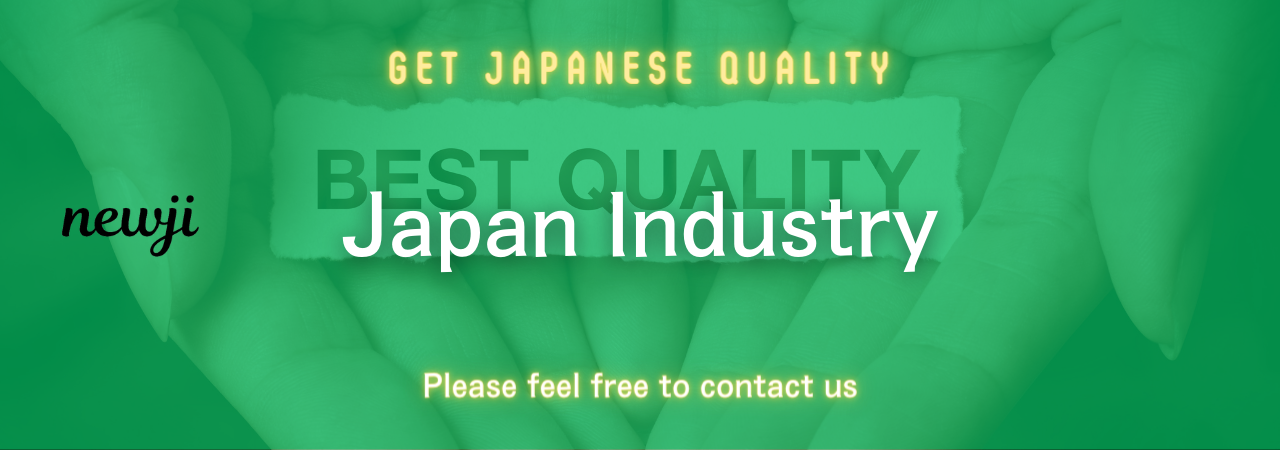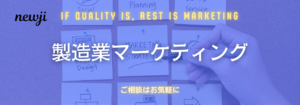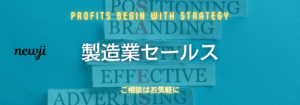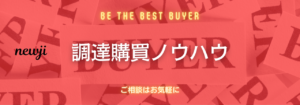- お役立ち記事
- Revolutionizing Precision: The Role of Two-Phase Stepping Linear Actuators in Japanese Manufacturing

Revolutionizing Precision: The Role of Two-Phase Stepping Linear Actuators in Japanese Manufacturing

目次
Introduction to Two-Phase Stepping Linear Actuators
Two-phase stepping linear actuators have become a cornerstone in the landscape of Japanese manufacturing. These precision devices are integral in automating and controlling movements in various industrial applications. Understanding their role is essential for professionals involved in procurement and purchasing within the manufacturing sector. This article delves into the significance of two-phase stepping linear actuators, explores the benefits and challenges of sourcing them from Japanese suppliers, and offers best practices for effective procurement and negotiation.
The Importance of Precision in Manufacturing
Precision is paramount in manufacturing industries, especially in sectors like automotive, electronics, and robotics. The demand for high-accuracy components drives manufacturers to seek reliable and efficient solutions. Two-phase stepping linear actuators fulfill this need by providing precise control over motion, ensuring that products meet stringent quality standards.
Applications of Two-Phase Stepping Linear Actuators
These actuators are employed in various applications, including:
– **Automated Assembly Lines:** Facilitating the precise placement of components.
– **Robotic Systems:** Enhancing the movement accuracy of robotic arms.
– **Medical Devices:** Ensuring reliable performance in sensitive equipment.
– **Aerospace Components:** Contributing to the fabrication of high-precision parts.
Advantages of Sourcing from Japanese Manufacturers
Japanese manufacturers are renowned for their commitment to quality, innovation, and reliability. Sourcing two-phase stepping linear actuators from Japan offers several benefits:
Quality and Reliability
Japanese suppliers adhere to stringent quality control measures, ensuring that the actuators are durable and perform consistently under various conditions. This reliability minimizes downtime and maintenance costs for manufacturers.
Technological Innovation
Japan is at the forefront of technological advancements. Suppliers often incorporate the latest technologies into their actuators, providing users with cutting-edge features that enhance performance and efficiency.
Customization and Flexibility
Japanese manufacturers are adept at tailoring their products to meet specific client requirements. This flexibility allows for the customization of actuators to suit unique applications, providing manufacturers with solutions that precisely fit their needs.
Strong Supplier Relationships
The emphasis on building long-term relationships ensures that suppliers are committed to supporting their clients. This partnership approach facilitates better communication, timely deliveries, and ongoing support.
Challenges of Procuring from Japanese Suppliers
While there are significant advantages, procuring from Japanese suppliers also presents certain challenges:
Higher Costs
Japanese-manufactured actuators may come at a higher price point compared to those from other regions. However, the superior quality and longevity can offset the initial investment over time.
Language and Cultural Barriers
Effective communication is crucial in procurement. Language differences and cultural nuances can lead to misunderstandings and delays. Building a bridge through proficient translators or partnering with local agents can mitigate these issues.
Logistical Complexities
Shipping components from Japan involves navigating international logistics, including customs regulations and potential delays. Proper planning and collaboration with reliable logistics partners are essential to ensure timely deliveries.
Supplier Negotiation Techniques
Successful procurement hinges on effective negotiation with suppliers. Here are some strategies tailored for Japanese manufacturers:
Understanding Cultural Etiquette
Respect and politeness are deeply ingrained in Japanese business culture. Demonstrating understanding and appreciation of these cultural norms fosters trust and facilitates smoother negotiations.
Building Long-Term Relationships
Japanese suppliers value long-term partnerships over short-term gains. Focus on establishing a mutually beneficial relationship rather than seeking immediate discounts. This approach can lead to better terms and preferential treatment in the long run.
Clear Communication of Requirements
Ensure that all specifications and expectations are clearly communicated. Providing detailed documentation and being transparent about your needs reduces the risk of errors and misinterpretations.
Leveraging Local Expertise
Engaging with local agents or consultants who understand the Japanese market can provide valuable insights and aid in navigating the negotiation process effectively.
Market Conditions and Trends
Staying abreast of market conditions is vital for informed procurement decisions. Current trends impacting the procurement of two-phase stepping linear actuators include:
Technological Advancements
The integration of smart technologies and automation is driving the demand for more sophisticated actuators. Suppliers are innovating to incorporate features like IoT connectivity and enhanced precision controls.
Supply Chain Resilience
Global disruptions have highlighted the importance of resilient supply chains. Japanese manufacturers are investing in strategies to improve supply chain robustness, including diversifying their supplier base and enhancing inventory management.
Sustainability Initiatives
There is a growing emphasis on sustainability in manufacturing. Suppliers are adopting eco-friendly practices and developing actuators that consume less energy, aligning with the environmental goals of their clients.
Economic Factors
Fluctuations in exchange rates and economic policies can impact pricing and availability. Monitoring these factors helps in forecasting costs and planning procurement budgets more accurately.
Best Practices for Procurement and Purchasing
Implementing best practices ensures a smooth and efficient procurement process. Here are key strategies to consider:
Comprehensive Supplier Evaluation
Assess potential suppliers based on their reputation, quality standards, technological capabilities, and financial stability. Conducting thorough due diligence reduces the risk of partnering with unreliable suppliers.
Establishing Clear Contracts
Detailed contracts outlining expectations, delivery schedules, quality standards, and payment terms are essential. Clear contractual agreements prevent misunderstandings and provide a framework for resolving disputes.
Continuous Performance Monitoring
Regularly evaluate supplier performance through metrics such as on-time delivery, quality consistency, and responsiveness. Continuous monitoring helps in identifying issues early and maintaining high standards.
Effective Inventory Management
Optimizing inventory levels ensures that production is not disrupted due to stockouts or excessive holding costs. Implementing just-in-time practices can enhance efficiency and reduce waste.
Collaboration and Communication
Maintaining open lines of communication with suppliers fosters collaboration. Sharing forecasts, demand plans, and feedback facilitates better alignment and responsiveness to changing needs.
Case Studies: Successful Procurement from Japan
Examining real-world examples can provide valuable insights into effective procurement strategies.
Automotive Manufacturer’s Experience
A leading automotive manufacturer partnered with a Japanese supplier for two-phase stepping linear actuators. By establishing a long-term relationship and collaborating on design enhancements, the manufacturer achieved a significant improvement in production precision and efficiency. The supplier’s commitment to quality and timely delivery played a crucial role in the success of this partnership.
Electronics Firm’s Strategic Sourcing
An electronics company sought to enhance the performance of its assembly lines by sourcing advanced linear actuators. Through thorough supplier evaluation and negotiation, the company secured actuators that met their high-precision requirements at a competitive price. Continuous performance monitoring ensured consistent quality, contributing to the firm’s overall product excellence.
Future Outlook
The role of two-phase stepping linear actuators in Japanese manufacturing is poised for growth, driven by advancements in automation and the increasing demand for high-precision components. As industries continue to evolve, the collaboration between manufacturers and suppliers will be pivotal in driving innovation and maintaining competitive advantage.
Integration with Smart Manufacturing
The convergence of actuator technology with smart manufacturing initiatives will enhance automation capabilities. Actuators equipped with sensors and connectivity features will enable real-time monitoring and adaptive control, further improving manufacturing precision and efficiency.
Expanding Global Partnerships
Japanese suppliers are likely to expand their global footprint, offering localized support and services to meet the diverse needs of international clients. This expansion will facilitate easier access to high-quality actuators and strengthen global supply chains.
Emphasis on Sustainable Practices
Sustainability will continue to influence manufacturing practices. Suppliers focusing on eco-friendly production methods and energy-efficient actuators will align with the environmental objectives of their clients, fostering responsible manufacturing.
Conclusion
Two-phase stepping linear actuators are pivotal in enhancing the precision and efficiency of Japanese manufacturing processes. Procuring these components from Japanese suppliers offers numerous advantages, including superior quality, technological innovation, and strong supplier relationships. However, challenges such as higher costs and logistical complexities must be navigated with strategic approaches. By understanding market conditions, employing effective negotiation techniques, and adhering to best procurement practices, manufacturers can successfully leverage the benefits of sourcing from Japan. As the manufacturing landscape continues to evolve, the collaboration between manufacturers and Japanese suppliers will remain integral to driving precision and innovation in the industry.
 資料ダウンロード
資料ダウンロード
QCD管理受発注クラウド「newji」は、受発注部門で必要なQCD管理全てを備えた、現場特化型兼クラウド型の今世紀最高の受発注管理システムとなります。
 NEWJI DX
NEWJI DX
製造業に特化したデジタルトランスフォーメーション(DX)の実現を目指す請負開発型のコンサルティングサービスです。AI、iPaaS、および先端の技術を駆使して、製造プロセスの効率化、業務効率化、チームワーク強化、コスト削減、品質向上を実現します。このサービスは、製造業の課題を深く理解し、それに対する最適なデジタルソリューションを提供することで、企業が持続的な成長とイノベーションを達成できるようサポートします。
 製造業ニュース解説
製造業ニュース解説
製造業、主に購買・調達部門にお勤めの方々に向けた情報を配信しております。
新任の方やベテランの方、管理職を対象とした幅広いコンテンツをご用意しております。
 お問い合わせ
お問い合わせ
コストダウンが利益に直結する術だと理解していても、なかなか前に進めることができない状況。そんな時は、newjiのコストダウン自動化機能で大きく利益貢献しよう!
(β版非公開)




